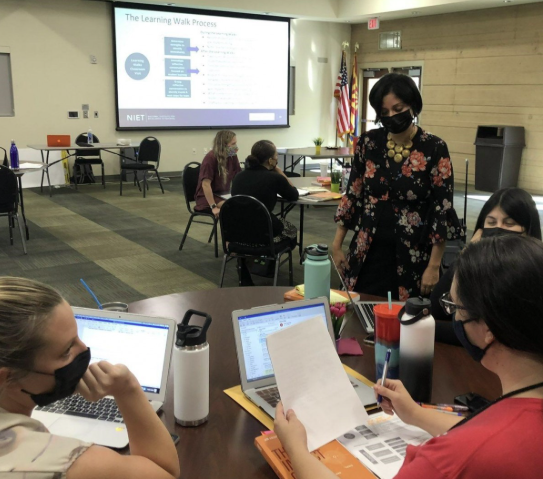Creating a culture of continuous improvement in schools means fostering an environment where everyone—students, educators, and leaders—is committed to ongoing learning, reflection, and growth. This approach values progress over perfection and encourages innovation, collaboration, and accountability as essential components of school success.
What Is Continuous Improvement in Education?
Continuous improvement is a mindset and process focused on regularly assessing performance, identifying areas for growth, and implementing intentional strategies to enhance outcomes. In schools, this can apply to academic achievement, instructional practices, school climate, and organizational systems.
Rather than relying solely on annual reviews or major reform efforts, schools committed to continuous improvement use small, data-informed changes to achieve sustained progress over time.
Key Components of a Continuous Improvement Culture
- Shared Vision and Clear Goals
A culture of improvement begins with a shared vision of success. Leaders and educators collaboratively establish clear, measurable goals that reflect school values and priorities. These goals guide planning and decision-making at all levels. - Data-Informed Practice
Schools that improve continuously use data—not just test scores, but also attendance, engagement, and social-emotional indicators—to identify needs and measure impact. Data is viewed as a tool for learning rather than judgment. - Collaborative Inquiry and Reflection
Teams of educators regularly reflect on student outcomes, instructional strategies, and school operations. Through professional learning communities (PLCs) or improvement teams, staff engage in cycles of planning, testing, and revising practices. - Empowered Leadership at All Levels
Continuous improvement depends on distributed leadership. Teachers, students, and support staff all have roles in identifying problems and proposing solutions. Leaders foster a safe space for experimentation and trust among team members. - Professional Learning and Support
Ongoing professional development aligned with school goals ensures that staff have the tools and knowledge to improve their practice. Coaching, mentoring, and peer observation deepen learning and build collective capacity. - Resilience and Growth Mindset
A culture of improvement embraces failure as part of the learning process. When mistakes are viewed as opportunities for growth, staff and students alike are more willing to try new approaches and persevere through challenges.
Steps for Building and Sustaining Improvement Culture
- Start Small: Identify one area of need and work with a team to plan and test a change.
- Celebrate Progress: Recognize growth, no matter how small. Celebrating wins builds momentum and motivation.
- Model Continuous Learning: Leaders demonstrate openness to feedback, reflect on their practice, and set the tone for school-wide improvement.
- Engage Stakeholders: Include students, families, and community partners in setting goals and evaluating progress.
- Create Systems for Feedback: Regular surveys, discussion forums, and team reflections ensure that feedback informs decisions.
Conclusion
Building a culture of continuous improvement is not a one-time initiative—it is a long-term commitment to excellence. By promoting collaboration, using data meaningfully, and supporting professional growth, schools can create environments where everyone thrives. This culture empowers educators and students to adapt, innovate, and achieve sustainable success together.














